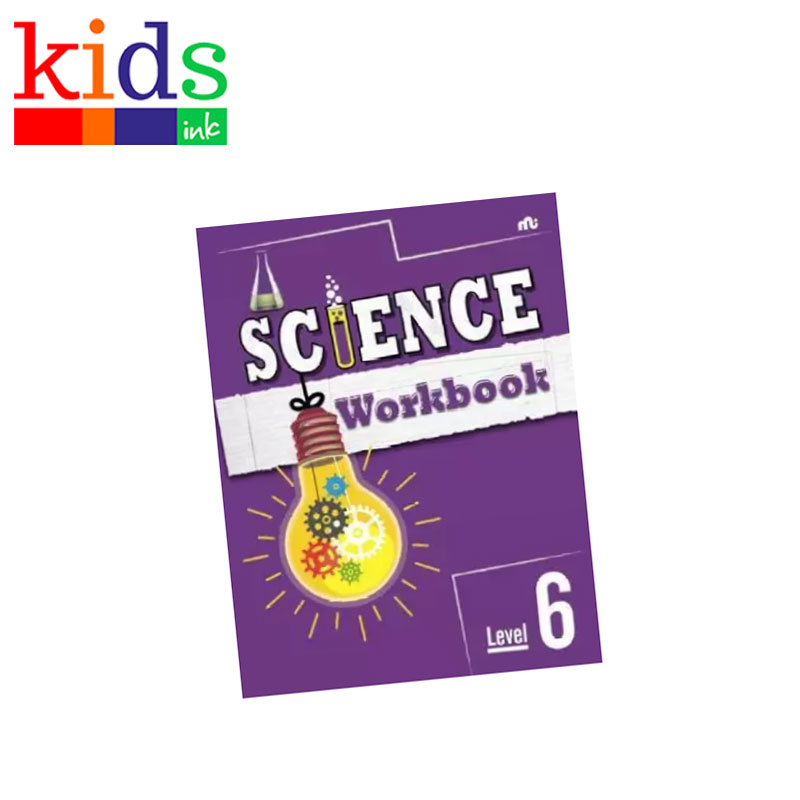SEPARATING MIXTURES (SCIENCE 6 Q1-W4)
SEPARATING MIXTURES
BY: PJ MIANA
Introduction
Understanding and mastering techniques for separating mixtures is not only a fascinating aspect of science but also an essential life skill. In our daily lives, we encounter a multitude of mixtures, from the ingredients in our kitchen to environmental challenges such as pollution and water purification. Learning how to effectively separate mixtures is crucial for solving real-world problems, making informed decisions, and gaining a deeper understanding of the world around us.
In this lesson, we will explore various techniques such as picking, winnowing, decantation, the use of magnets, sieving, filtering, and evaporation. These techniques are not only fundamental to scientific inquiry but also find practical applications in industries like agriculture, food processing, environmental science, and more. By grasping these methods, we empower ourselves to tackle complex challenges, conserve resources, and contribute to a cleaner and more sustainable future. So, let's dive in and discover the significance of mastering the art of separating mixtures.
Here are 20 notes about techniques for separating mixtures that your Grade 6 learners can copy:
1. Separating Mixtures:Mixtures are combinations of two or more substances that are physically combined. Separating mixtures is important in science and everyday life.
2. Picking: Picking is a simple method where objects of different sizes are separated by hand. It's often used for larger solid mixtures, like sorting out stones from rice.
3. Winnowing: Winnowing is a technique used to separate heavier particles from lighter ones, such as separating grains from chaff (husks) by letting the wind blow away the lighter chaff.
4. Decantation:Decantation is a process where liquids are separated from solids by carefully pouring the liquid into another container, leaving the solid particles behind.
5. Use of Magnet: Magnetic separation is a method that uses magnets to attract and separate magnetic materials, like iron or steel, from non-magnetic substances.
6. Sieving: Sieving is a process that uses a sieve or a mesh to separate particles of different sizes. It's often used in baking (sifting flour) and gardening (removing stones from soil).
7. Filtering: Filtering is a method for separating solid particles from a liquid by passing the mixture through a filter paper or a mesh. It's commonly used in making coffee or filtering out impurities from water.
8. Evaporation: Evaporation is a technique used to separate a solute (usually a solid dissolved in a liquid) from a solvent (the liquid). The liquid is heated, and as it evaporates, the solid remains behind.
9. Filtration vs. Decantation: Filtration is suitable for separating fine particles from liquids, while decantation is better for larger particles that settle at the bottom of a container.
10. Separation Funnel: A separation funnel is a specialized apparatus used for separating immiscible liquids (liquids that don't mix), like oil and water.
11. Chromatography: Chromatography is a technique used in science labs to separate components of a mixture based on their different rates of movement through a medium, such as paper or a column.
12. Distillation: Distillation is a method for separating liquids based on their different boiling points. It's commonly used in the production of alcoholic beverages and essential oils.
13. Centrifugation: Centrifugation is a process that uses a centrifuge machine to separate substances of different densities by spinning them at high speeds.
14. Separating Funnel: A separating funnel is a device used to separate immiscible liquids, like oil and water, by allowing them to settle into distinct layers.
15. Fractional Distillation: Fractional distillation is a more advanced form of distillation used in chemistry to separate components of a mixture with similar boiling points.
16. Sedimentation: Sedimentation is the process of letting a mixture sit undisturbed so that heavy particles settle to the bottom, allowing for easier separation.
17. Clarification: Clarification is a method used in cooking and food processing to remove impurities from liquids, such as removing scum from the surface of boiling broth.
18. Desalination: Desalination is a process used to separate salt from seawater to obtain freshwater, crucial in areas with limited freshwater sources.
19. Electrostatic Separation: Electrostatic separation uses electric charges to separate particles based on their electrical properties, commonly used in recycling processes.
20. Combining Techniques: In many cases, a combination of these techniques may be used to effectively separate complex mixtures, depending on the specific properties of the substances involved.
These notes cover a range of techniques for separating mixtures, providing your Grade 6 learners with a comprehensive overview of this important scientific concept.
Do you want more topics on Science 6? Buy this book!
CLICK HERE TO BUY THIS BOOK


Comments
Post a Comment